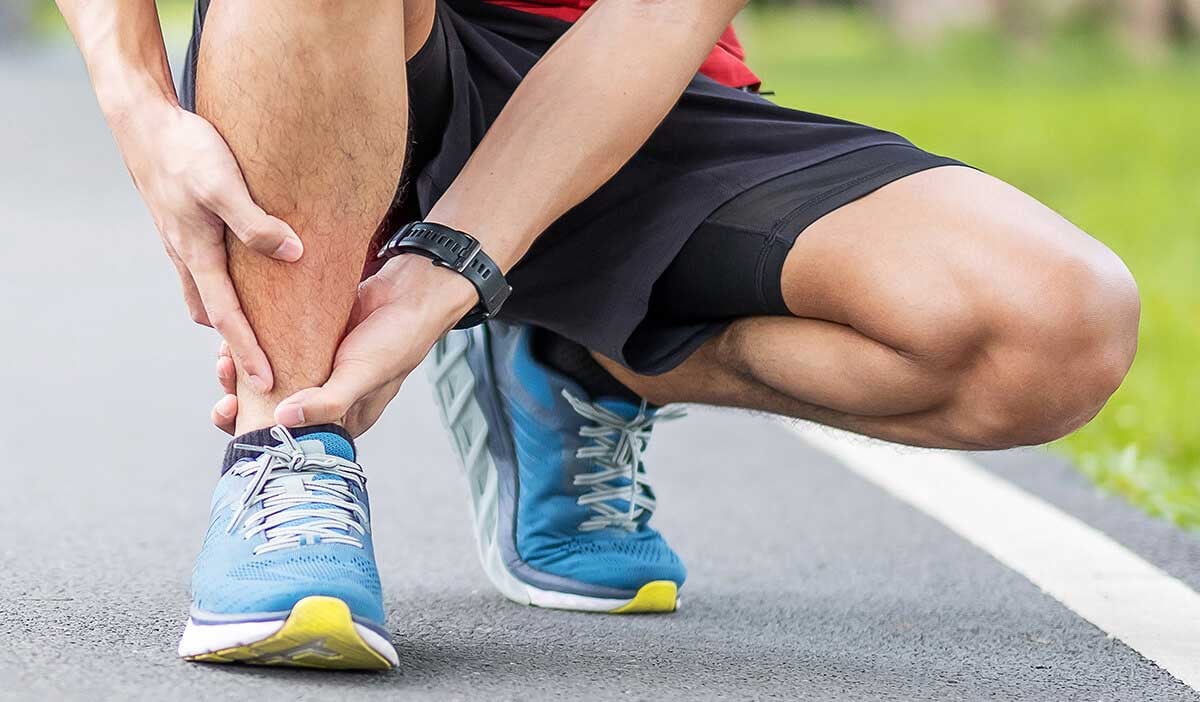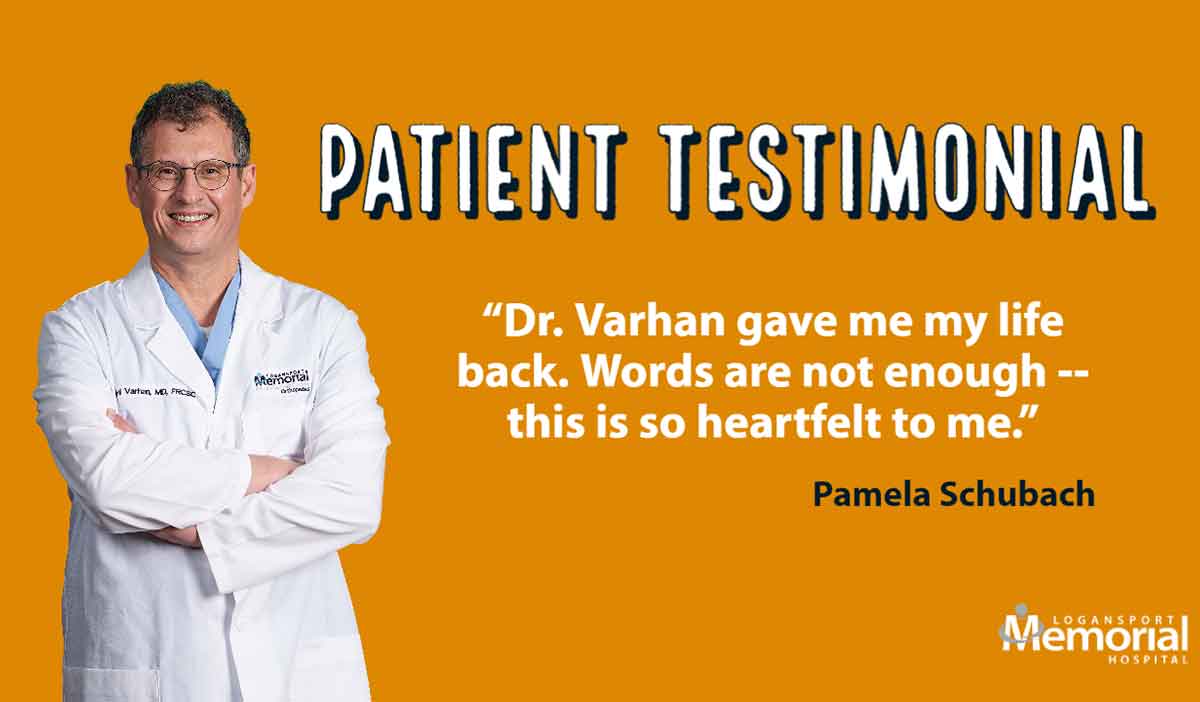Exercise is one of the best things you can do for both your physical and mental health. But sometimes, minor injuries—like shin splints—can cause pain that keeps you from those activities you enjoy. Read on to learn how to heal shin splints fast (plus what you can do to prevent this painful injury in the future).

The main symptom of shin splints is a dull, tender pain just above your ankles that you feel after exercising. When you have this condition, your shins may also feel unusually tender or even sore to the touch. Shin splints (also known as medial tibial stress syndrome) are a common injury for runners, but this injury can happen to anyone.
Most people get shin splints after vigorous exercise, participating in sports, or doing some form of repetitive activity. It is this repetitive action—particularly if done on a hard surface—that can cause inflammation of your muscles, tendons, and the thin layer of tissue that covers your shin bones.
Besides exercise alone, shin splints can also be caused by:
- Improper footwear: Shoes that don’t fit well or provide good support can cause all kinds of orthopedic problems, including shin splints.
- Flat feet: A small percentage of people have “flat feet” or “overpronation,” which puts them at a higher risk for shin splints.
- Skipping warm-up/cool down: If you’re not stretching before or after your workouts, you could be setting yourself up for shin splints or other injuries.
- Weak ankles: Weakness in your ankles, hips, or core muscles can also contribute to shin splints.
Diagnosing shin pain
Pain or swelling in your shin or ankle area can have many—sometimes serious—causes. That’s why it’s vital to have an orthopedic or sports medicine specialist give you a proper diagnosis and treatment plan for how to heal shin splints fast.
Shin splints are typically diagnosed based on your medical history and a physical exam. Sometimes, you may need an X-ray or bone scan so your orthopedic doctor can identify the issue or rule out another condition, like a stress fracture. If you’re a runner, your doctor may even want to watch you run to evaluate any issues further.
Treating shin injuries at home
In some cases, you can find ways how to heal shin splints fast from home. The condition will often go away if you take a break from exercise and other vigorous activities to give your body time to heal.
One effective treatment to try at home is the four-step R-I-C-E method:
- R — Rest: Take some time off from your regular physical activity to give your body a chance to heal.
- I — Ice: Apply an ice pack to your shins for 20 minutes every hour until pain and swelling subside.
- C — Compress: Wrap your shins with a bandage for compression.
- E — Elevate: Put your feet up as much as possible to decrease blood flow and reduce swelling.
Keep in mind that if your pain continues, it could be a sign that your shin splints have progressed into a stress fracture, which is much more serious, and you should see a doctor right away.
Preventing shin splints
Don’t let conditions like shin splints sideline you permanently. With proper precautions, you can decrease your chances of incurring many common sports-related injuries.
You might be surprised to learn that some of the techniques for how to heal shin splints fast are the same methods recommended for injury prevention.
For example, here are a few things you can do today to prevent shin splints down the road:
- Wear the proper shoes for your activities (many specialty retailers can help you choose the right pair and correct size for you)
- Stretch your calf muscles before exercising
- Do strength training exercises to build stronger muscles and joints
- Incorporate more low-impact activities like swimming or yoga
Orthopedic experts who know how to heal shin splints fast
Our orthopedic surgeons, physical therapists, and sports medicine experts are committed to helping you stay healthy and active. We are ready to listen to your concerns, provide an accurate diagnosis, and work with you to develop a customized treatment plan to get you back on track and feeling great.
Talk with your primary care provider about how Logansport Memorial Hospital’s orthopedic services can help you. Need a primary care provider? Request an appointment online or call (574) 725-3463.
Learn more about our orthopedic services



